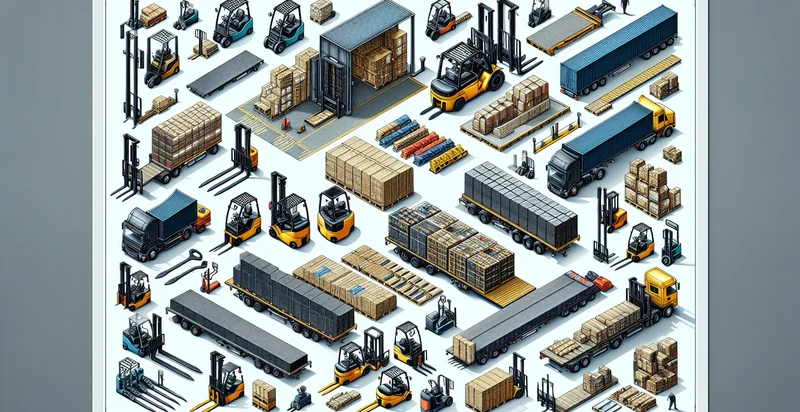Identify coolant levels
using AI
Below is a free classifier to identify coolant levels. Just upload your image, and our AI will predict what coolant level it is - in just seconds.

Contact us for API access
Or, use Nyckel to build highly-accurate custom classifiers in just minutes. No PhD required.
Get started
import nyckel
credentials = nyckel.Credentials("YOUR_CLIENT_ID", "YOUR_CLIENT_SECRET")
nyckel.invoke("coolant-levels", "your_image_url", credentials)
fetch('https://www.nyckel.com/v1/functions/coolant-levels/invoke', {
method: 'POST',
headers: {
'Authorization': 'Bearer ' + 'YOUR_BEARER_TOKEN',
'Content-Type': 'application/json',
},
body: JSON.stringify(
{"data": "your_image_url"}
)
})
.then(response => response.json())
.then(data => console.log(data));
curl -X POST \
-H "Content-Type: application/json" \
-H "Authorization: Bearer YOUR_BEARER_TOKEN" \
-d '{"data": "your_image_url"}' \
https://www.nyckel.com/v1/functions/coolant-levels/invoke
How this classifier works
To start, upload your image. Our AI tool will then predict what coolant level it is.
This pretrained image model uses a Nyckel-created dataset and has 10 labels, including Above Normal, Below Normal, Critical, Empty, Full, High, Low, Medium, Normal and Overfilled.
We'll also show a confidence score (the higher the number, the more confident the AI model is around what coolant level it is).
Whether you're just curious or building coolant levels detection into your application, we hope our classifier proves helpful.
Related Classifiers
Need to identify coolant levels at scale?
Get API or Zapier access to this classifier for free. It's perfect for:
- Maintenance Scheduling: The coolant levels identifier helps maintenance teams predict when vehicle or machinery coolant levels are low, allowing for timely maintenance before overheating or failure occurs. This proactive approach can minimize downtime and extend the lifespan of equipment.
- Preventive Alerts: By integrating the coolant levels identifier into vehicles or machinery, businesses can set up automated alerts for operators when coolant levels drop below a defined threshold. This ensures immediate action can be taken, preventing potential damage and costly repairs.
- Fleet Management Optimization: Fleet managers can utilize the coolant levels identifier to monitor the condition of coolant across multiple vehicles in real-time. This data can inform the scheduling of service visits and enhance overall fleet performance by ensuring optimal operating conditions.
- Cooling System Efficiency Analysis: The coolant levels identifier can be combined with performance metrics to analyze the efficiency of cooling systems across various equipment types. This information can lead to improvements in system design or operation, ultimately reducing energy costs and enhancing productivity.
- Quality Control in Manufacturing: In manufacturing, keeping coolant levels consistent is critical for maintaining quality in machining processes. Implementing the coolant levels identifier can ensure that specifications are met, reducing defects produced due to insufficient cooling and enhancing product quality.
- Training and Simulation Tools: The coolant levels identifier can be used in training simulators for operators to understand the importance of maintaining proper coolant levels. This educational tool can help reduce the risk of user error in real-world scenarios, improving overall safety and operational efficiency.
- Environmental Compliance: Companies can use the coolant levels identifier to ensure that coolant disposal practices comply with environmental regulations. By monitoring and managing coolant levels effectively, businesses can minimize leaks and spills, thus reducing their environmental footprint and avoiding costly fines.


